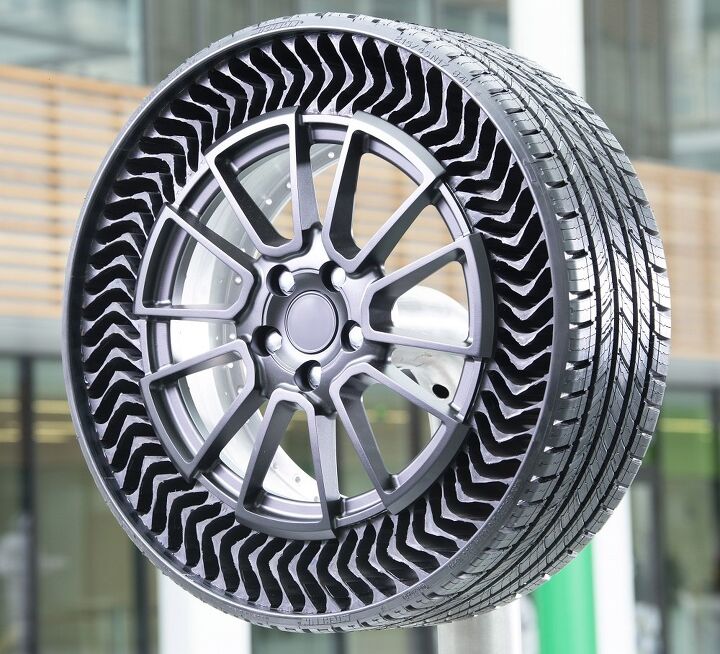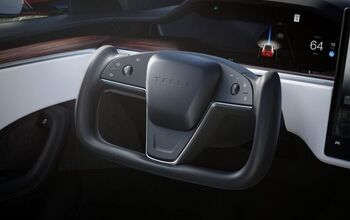Would You Drive With Airless Tires?
The automotive industry has witnessed a revolutionary development with the introduction of airless tire technology. This innovation eliminates the need for air in tires, offering a more stable and reliable driving experience. It effectively addresses the common issues of flat tires and rapid pressure loss, enhancing safety and comfort for drivers.
Michelin's Role in Airless Tire Innovation
Michelin is leading this technological advancement with its Unique Puncture-proof Tire System (UPTIS) prototype. Designed for passenger cars, UPTIS was first showcased at the Movin’On summit in 2019. This marks a crucial step towards making airless tire technology widely available.
The Composition and Advantages of UPTIS
UPTIS distinguishes itself with its composition, merging an aluminum wheel and a flexible load-bearing structure crafted from glass fiber reinforced plastic (GFRP). This structure preserves Michelin's known tire performance while being adaptable for high-speed use, a feature not seen in previous airless tire models.
Benefits Across the Board
UPTIS introduces several advantages:
- For Motorists: Eliminates concerns about tire damage from road conditions.
- For Fleet Owners: Boosts productivity by minimizing vehicle downtime and tire-related maintenance.
- Environmental Benefits: Significantly cuts down tire waste, reducing environmental waste and harm.
Tackling Tire Waste
Each year, a substantial portion of tires are discarded due to punctures, pressure loss, and uneven wear. UPTIS aims to lessen this waste, potentially saving around 200 million tires, equivalent to 2 million tonnes, from disposal.
UPTIS: Shaping the Future of Mobility
Beyond traditional vehicles, UPTIS is also tailored for emerging clean and autonomous mobility solutions. It's especially useful for shared mobility services, including autonomous shuttles and vehicle fleets.
Partnerships and Practical Applications
Michelin's dedication is further demonstrated through its collaboration with DHL, equipping delivery vehicles in Singapore with UPTIS. Real-world tests are underway in various locations like Las Vegas and Thailand, showcasing UPTIS’s durability and effectiveness.
This article was co-written using AI and was then heavily edited and optimized by our editorial team.
More by TTAC Staff
Latest Car Reviews
Read moreLatest Product Reviews
Read moreRecent Comments
- V8fairy Not scared, but I would be reluctant to put my trust in it. The technology is just not quite there yet
- V8fairy Headlights that switch on/off with the ignition - similar to the requirement that Sweden has- lights must run any time the car is on.Definitely knobs and buttons, touchscreens should only be for navigation and phone mirroring and configuration of non essential items like stereo balance/ fade etc>Bagpipes for following too close.A following distance warning system - I'd be happy to see made mandatory. And bagpipes would be a good choice for this, so hard to put up with!ABS probably should be a mandatory requirementI personally would like to have blind spot monitoring, although should absolutely NOT be mandatory. Is there a blind spot monitoring kit that could be rerofitted to a 1980 Cadillac?
- IBx1 A manual transmission
- Bd2 All these inane posts (often referencing Hyundai, Kia) the past week are by "Anal" who has been using my handle, so just ignore them...
- 3-On-The-Tree I was disappointed that when I bought my 2002 Suzuki GSX1300R that the Europeans put a mandatory speed limiter on it from 197mph down to 186mph for the 2002 year U.S models.


































Comments
Join the conversation